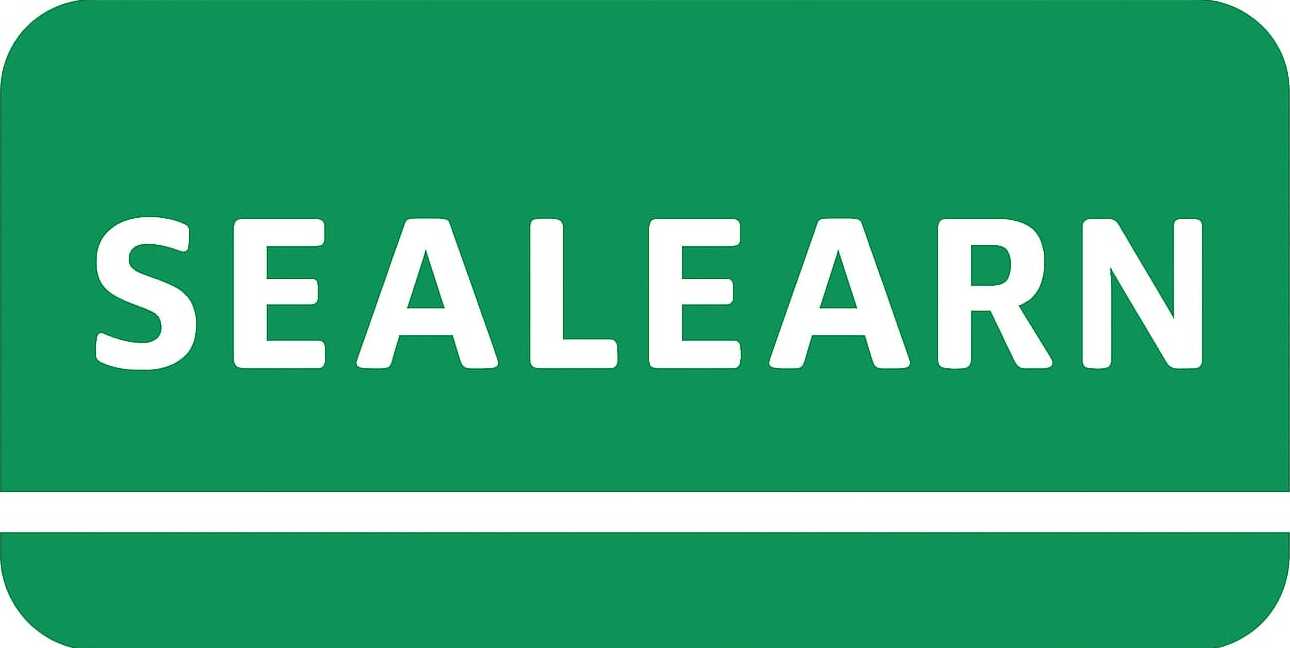Value-Added Courses

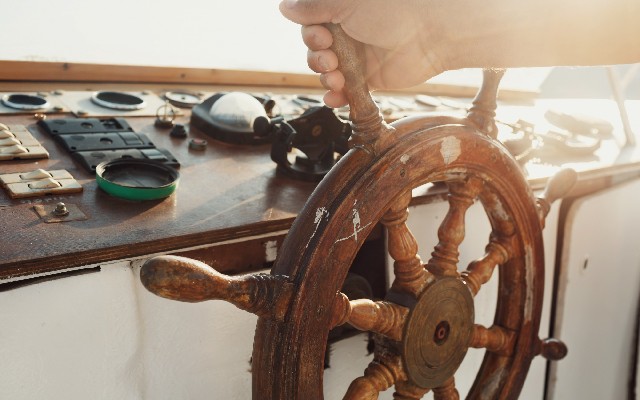
Vessel Steering, Lookout and Rules of the Road (ROR)
Correct execution of helm orders and appropriate responses
Maintaining a proper lookout using sight, sound, and radar
Comprehensive understanding and application of the COLREGs (Collision Regulations)
Effective interaction with bridge equipment such as compass, radar, and autopilot
Eligible Documents : Valid COC, Seaman’s discharge book, International Passport, 2 passport photos.
Initial course fee : ₦400,000.00
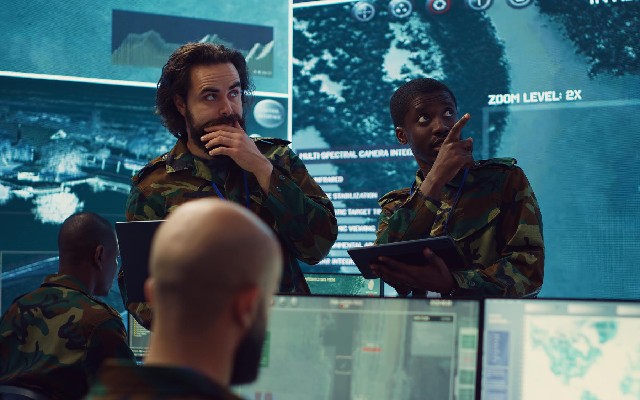
Incident Investigation
Root cause analysis methods such as the 5 Whys and fishbone diagrams
Techniques for interviewing witnesses and collecting physical and documentary evidence
How to write clear, accurate, and regulatory-compliant incident reports
Implementation of corrective and preventive actions (CAPA) to avoid recurrence
Initial course fee : ₦120,000.00
Risk Assessment
Use of risk matrices and likelihood/severity scoring
Preparation of Job Safety Analyses (JSAs) and management of Permit-to-Work systems
Application of risk control measures and continuous risk monitoring
Alignment with the ISM Code and company Safety Management Systems (SMS)
Initial course fee : ₦120,000.00
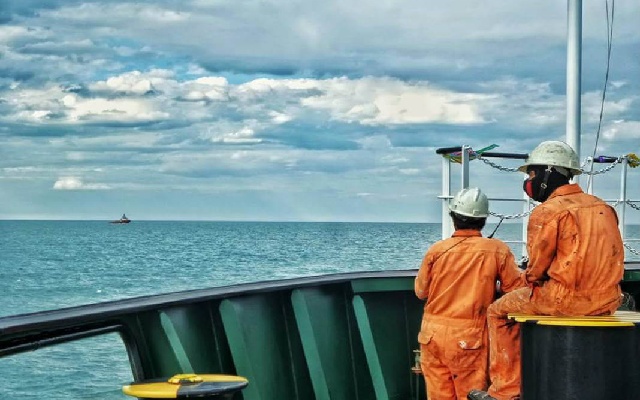

Risk Assessment
Preparation of Job Safety Analyses (JSAs) and management of Permit-to-Work systems
Alignment with the ISM Code and company Safety Management Systems (SMS)
Initial course fee : ₦120,000.00
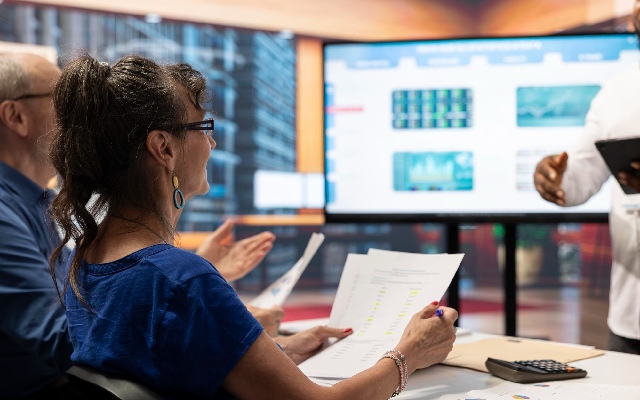
Port State Control (PSC) and SIRE 2.0
Understanding PSC inspection procedures, common detention causes, and documentation readiness
Familiarity with the SIRE 2.0 inspection regime, key performance indicators (KPIs), and Human Element focus
Preparing and maintaining inspection checklists and conducting onboard drills
Analysis of case studies highlighting common deficiencies and preventive measures
Initial course fee : ₦175,000.00

International Safety Management (ISM) Code
Covers audit procedures, risk assessments, management of non-conformities, and emergency preparedness
Is essential for personnel involved in compliance, documentation, and fleet safety management
Initial course fee : ₦100,000.00
Safety Officer Course
Roles and responsibilities in accordance with ILO and ISM regulations
Techniques for accident investigation and hazard identification
Conducting comprehensive risk assessments and managing permit-to-work systems
Leading safety drills, toolbox talks, and routine onboard inspections
Initial course fee : ₦200,000.00


Safety Officer Course
Initial course fee : ₦200,000.00
